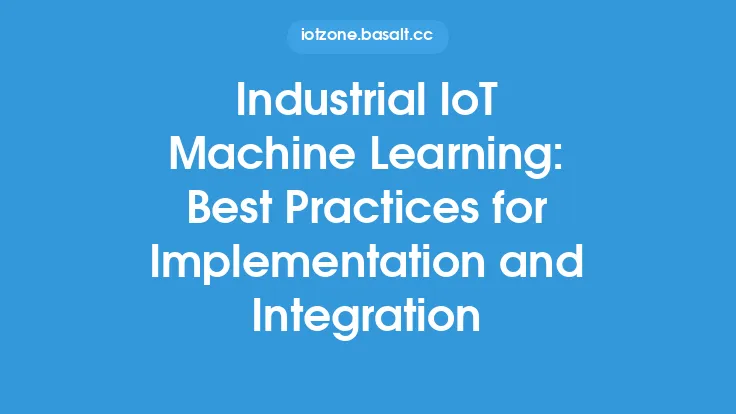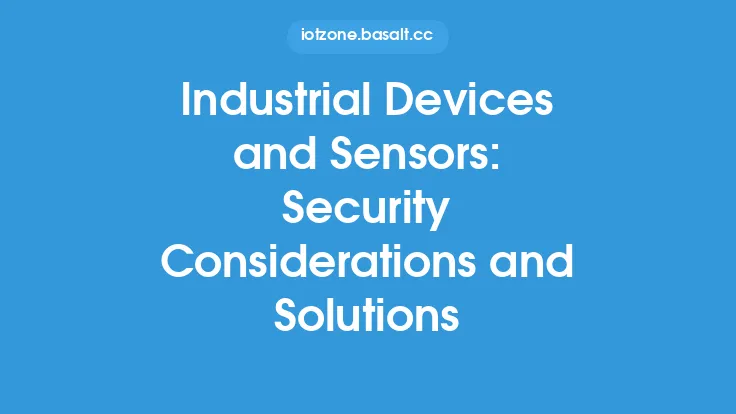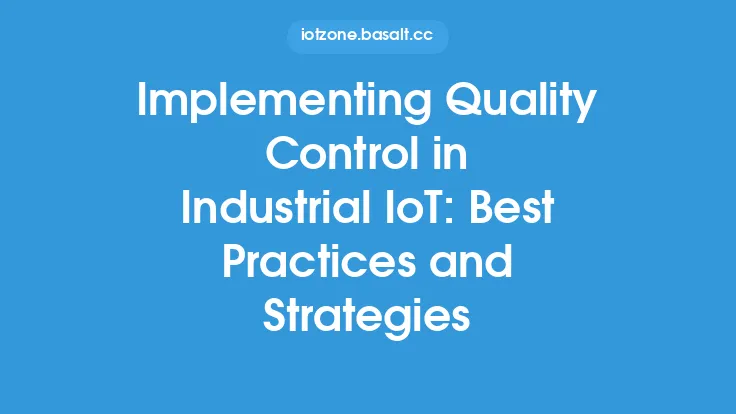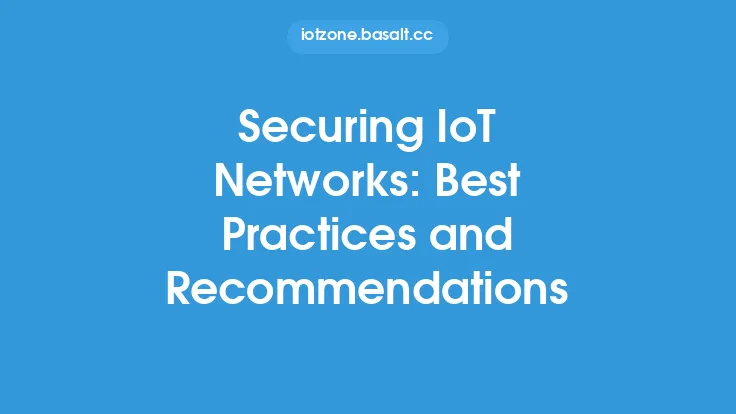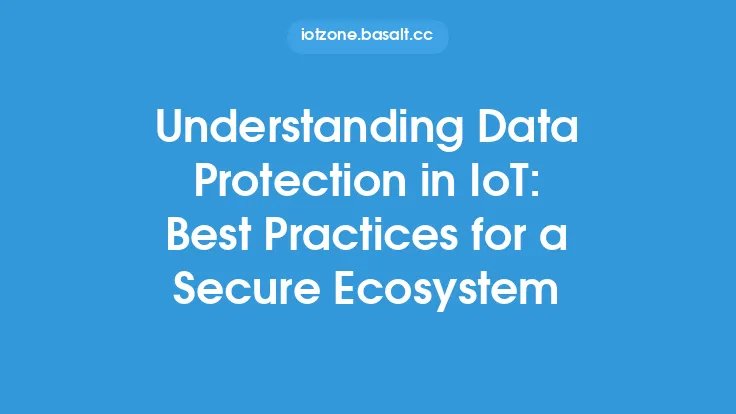When it comes to building a secure industrial network, there are several best practices and considerations that must be taken into account. Industrial networks are a critical component of modern industrial operations, and their security is essential to preventing downtime, protecting sensitive data, and ensuring the overall safety and efficiency of industrial processes. In this article, we will explore the key considerations and best practices for building a secure industrial network.
Understanding Industrial Network Security Threats
Industrial networks are vulnerable to a wide range of security threats, including hacking, malware, and denial-of-service (DoS) attacks. These threats can come from a variety of sources, including external attackers, insider threats, and even unintentional actions by authorized personnel. To build a secure industrial network, it is essential to understand the types of threats that exist and the potential consequences of a security breach. This includes understanding the different types of attacks that can occur, such as man-in-the-middle attacks, phishing attacks, and ransomware attacks.
Implementing Network Segmentation
One of the most effective ways to secure an industrial network is to implement network segmentation. This involves dividing the network into smaller, isolated segments, each with its own set of access controls and security protocols. By segmenting the network, it is possible to limit the spread of malware and unauthorized access, and to protect sensitive areas of the network from unauthorized access. Network segmentation can be achieved through the use of virtual local area networks (VLANs), firewalls, and other network security devices.
Using Secure Communication Protocols
Industrial networks rely on a wide range of communication protocols to facilitate communication between devices and systems. However, many of these protocols are insecure and can be vulnerable to interception and exploitation. To build a secure industrial network, it is essential to use secure communication protocols, such as Transport Layer Security (TLS) and Secure Sockets Layer (SSL). These protocols provide end-to-end encryption and authentication, and can help to protect against eavesdropping and tampering.
Configuring Firewalls and Access Controls
Firewalls and access controls are essential components of a secure industrial network. Firewalls can be used to block unauthorized access to the network, while access controls can be used to limit access to authorized personnel. To configure firewalls and access controls effectively, it is essential to understand the different types of traffic that need to be allowed or blocked, and to implement rules and policies that reflect the security requirements of the network.
Implementing Intrusion Detection and Prevention Systems
Intrusion detection and prevention systems (IDPS) are designed to detect and prevent unauthorized access to the network. These systems can be used to monitor network traffic, detect suspicious activity, and block malicious traffic. To implement an IDPS effectively, it is essential to understand the different types of threats that exist, and to configure the system to detect and respond to these threats.
Conducting Regular Security Audits and Risk Assessments
Regular security audits and risk assessments are essential to identifying and mitigating security vulnerabilities in the industrial network. These audits and assessments can be used to identify areas of weakness, and to implement corrective actions to address these weaknesses. To conduct a security audit or risk assessment, it is essential to understand the different types of threats that exist, and to use specialized tools and techniques to identify and prioritize vulnerabilities.
Implementing Secure Remote Access
Remote access is a common requirement in industrial networks, allowing authorized personnel to access the network from remote locations. However, remote access can also introduce security risks, such as unauthorized access and malware propagation. To implement secure remote access, it is essential to use secure communication protocols, such as VPNs, and to implement strong authentication and access controls.
Training and Awareness
Finally, training and awareness are essential components of a secure industrial network. Authorized personnel must be trained on the security policies and procedures of the network, and must be aware of the potential security risks and threats that exist. To provide effective training and awareness, it is essential to develop a comprehensive security awareness program, and to provide regular training and updates to authorized personnel.
Conclusion and Future Directions
Building a secure industrial network requires a comprehensive approach that takes into account the different types of threats that exist, and the various security measures that can be implemented to mitigate these threats. By following the best practices and considerations outlined in this article, it is possible to build a secure industrial network that protects sensitive data, prevents downtime, and ensures the overall safety and efficiency of industrial processes. As industrial networks continue to evolve and become more complex, it is essential to stay up-to-date with the latest security threats and technologies, and to continually monitor and improve the security of the network.
